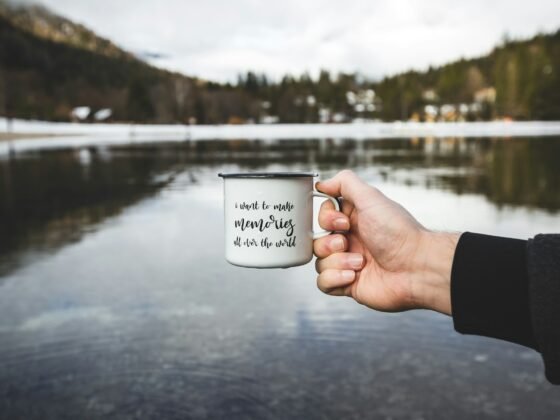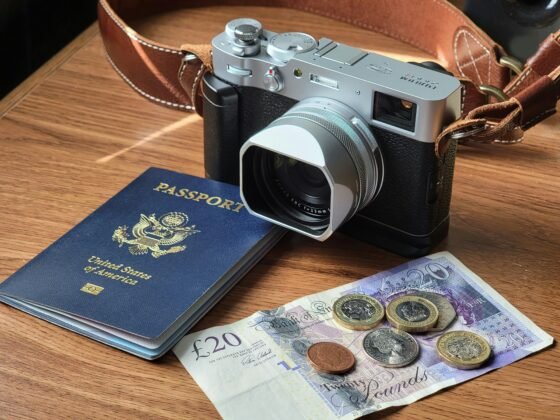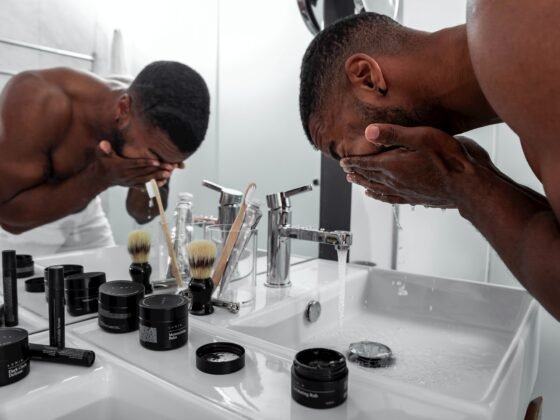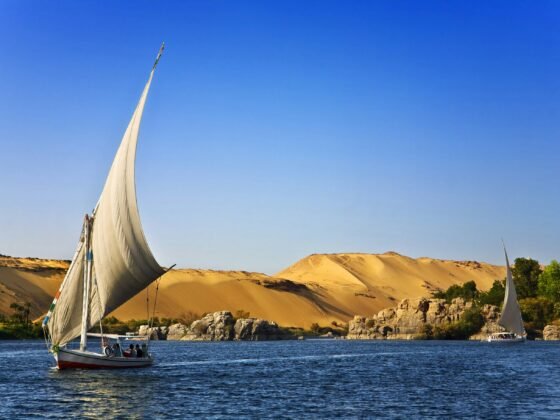Mauritius Adventure Travel Guide: Ideas and Inspiration
“Mauritius is a paradise island of exotic beaches, beautiful clear water and enough culture and history for when you want to explore. The waters provide an excellent opportunity for water sports and the inland locations are perfect for walking, hiking or exploring by jeep. The island is volcanic in origin with barriers of coral reefs. Soak up the atmosphere and savor the delights of Mauritius.”
-----------------------------------------------------------
History
The Dutch first settled on the island in 1598 and decided to name it after the Prince Maurice of Nassau. Whilst the Dutch occupied Mauritius they introduced sugar cane and Java deer.
The French Colonial rule was from 1767-1810 and during this time the capital, Port Louis, was a key trade port and also used for naval operations against the British. The French planted further sugar cane crops and imported slaves from Africa. The language of Mauritius, Creole, originated in this way. French is still used by the media and the French-Mauritius settlers still dominate today’s sugar industry.
The British ruled from 1810-1968 and abolished slavery and introduced labor forces on the sugar cane estates of around 500,000 people from the Indian subcontinent.
This background and history combines to make a wonderful blend of culture today that can be seen around the island. The population is made up of Hindus, Creole, Chinese, Muslims and Europeans.
-----------------------------------------------------------
Culture
Festivals – the diverse cultures and religions that make up Mauritius promise some wonderful festivals including Divali, Father Laval and Cavadi where people are pieced with pins and needles. Ganesh Chaturthi, Holi and Id-El-Fitr are also celebrated here as well as Ougadi, the Telugu New Year and Spring Festival, the Chinese New Year.
-----------------------------------------------------------
Highlights
Weddings & Honeymoons – Mauritius makes an ideal location for both your wedding and honeymoon with its romantic atmosphere and amazing locations. Seek a specialist tour operator who can make all the local arrangements.
North Mauritius – Grand Bay in the north was the first tourist area on the island and offers shopping and leisure facilities. It’s great for a night out with plenty of bars, restaurants and nightclubs. La Cuvette beach here is pleasant as is Pereybiere. Visit the Balaclava Ruins close to Baie aux Tortues, named after tortoises in the area, you can see the sea walls created by Mahé de Labourdonnais. Whilst in the area visit the longest village on the island, The Triolet Shivala, with its Hindu temple, Maheswarnath, built in 1819 to honor the Gods of Shiva, Krishna, Vishnu, Muruga, Brahma and Ganesha. Finally make time to see the tropical fruit trees at The Labourdonnais Orchards. You can also mountain bike, walk and hike here.
East Mauritius – visit the colorful Flacq Market, in the important town of Flacq in the east. For fun in the water visit The Waterpark Leisure Village for water chutes or relax in the park. Ile aux Cerfs has water sports galore.
South East Mauritius - Vieux Grand Port has Dutch ruins from the first settlers. Continuing down the coast is Ile aux Aigrettes which is home to endangered animals and birds supported by the Mauritius Wildlife Fund. Rare wildlife includes the kestrel, Pink Pigeon, Green Gecko Phelsuma and the Aldabra giant tortoise which roams the island. The fishing village of Mahebourg is built on Grand Port Bay by the French. Martello Towers symbolize the end of slavery. In the Anse Jonchée hills, the Domaine des Grand Bois and Domaine du Chasseur has a beautiful area of 900 hectares with stags, monkeys and boars. In the Savanne district is Souillac with a famous garden looking over the sea, named after Dr. Charles Telfair and stop at the viewpoint Gris Gris for stunning views.
West Mauritius - From Case Noyale village follow the road to Chamarel with blue, green, red and yellow earth which came from the volcanic earth. There are also waterfalls here. Next travel to Tamarin and the salt pans. In the Riviere Noire area is Casela with a bird park with 140 bird species from five continents over 25 hectares. There are also fish ponds, tigers, tortoises, monkeys, deer and orchids. Finally in this area is a game reserve, Yemen, which has deer and watch the Mauritian fauna.
Inland Mauritius – for an intriguing insight into the sugar industry visit L’Aventure du Sucre, a massive museum presented in an and interactive and modern way with its sugar mill. There is a shop on site to purchase products made from the sugar including the local Rum. Past La Marie and Mare-aux-Vacoas is a natural volcano Ganga Talao - Grand Bassin. Hindu pilgrims come here when Maha Shivaratri festival is being celebrated and during the night fasting which is dedicated to Shiva. Built in 1830, Eureka is an old Creole residence and worth a visit. Finally when in the area visit the Black River Gorges, 6.574 hectares of national park to preserve the forests. Admire the landscapes, rare birds and endemic plants.
Port Louis – Visit the capital for curry, tea and local crafts at Central Market built in 1844. Visit Chinatown and shopping at Caudan Waterfront.
Ecotourism – Visit Domaine les Pailles with waterfalls, plants and flowers. Go mountain climbing, walking and hiking. Go by bike, kayak or quad bike through this area. The SSR Botanical Garden at Pamplemousses has the giant Victoria Amazonica water lilies, exotic plants and palm trees. There are 500 species of plant here with 80 palms set in 60 acres. You will need a guide in the gardens to point out the giant water lilies, spice garden and the Talipot Palms. There is also a French mansion, Château Mon Plaisir, here and an old sugar mill.
Marine Life – Mauritius has an abundance of sea and marine lift including multi-colored fish, moray eels, and magnificent coral beds. Take a Blue Safari Submarine trip, go night diving and walk on the sea bed.
-----------------------------------------------------------
Adventures & Activities
Beaches – The best public beaches can be found at Grand Bay - La Cuvette beach, Pereybere, Belle Mare to Trou-d’Eau Douce, Blue Bay, Le Morne & Tamarin and Flic en Flac.
Walking & Hiking - Labourdonnais Orchards offers walking and hiking routes as does the Anse Jonchée hills.
Mountain Biking – again explore Labourdonnais Orchards on bike.
Water Park– For water chutes and adventure visit The Waterpark Leisure Village.
Water Sports – Probably the best water sports on the island are offered at Ile aux Cerfs, a small island just off the east coast for snorkeling, scuba diving and sailing. On the island there are also opportunities to go on a motorboat, water-skiing, parasailing, sailing, deep-sea diving, deep-sea fishing, windsurfing, surfing, jet skiing, sub-water walk and kayaking. When diving amongst the coral reefs you can also see exotic fish including parrotfish, triggerfish, anemonefish, emperor, surgeonfish, giant moray eel, lionfish, moorish idol, pennant butterflyfish and puffer fish to name a few.
Deep Sea Fishing – Fish in the paradise waters for fish including blue and black marlin, all shark types, yellow tuna, bonitos and the barracuda. Blue Marlin can be found from November to April, and very often until May. The ocean is 70 meters deep and is 1km from the coast
Golf – indulge in a spot of Golf whilst here at some of the 18 hole courses at Le Paradis at Le Morne Belle Mare and Le Touessrok Golf Course. There are 9 hole courses at Trou aux-Biches, Shandrani (Blue Bay), St Géran (Poste de Flacq), Maritim (Balaclava) and the Sofitel Impérial (Wolmar). In addition, Belle Mare Plage has two championship golf courses; Legends and Links.
-----------------------------------------------------------
When To Go
The temperature on coastal areas is about 22C in winter and 34C in summer. The sea temperature is between 22C-27C which is very pleasant. In the centre of the island the temperature varies between 19C in august and 26C in February. In general the west and north are warmer and drier than the south and east.
-----------------------------------------------------------
Top Tips
- While scuba diving you should always keep in mind the direction and the force of the currents.
- Do not try to pick up and export corals, shells and don’t damage the exotic natural beauty.
- Credit cards are accepted in banks, hotels, restaurants and tourist shops.
- The local currency is the Mauritian Rupee.
- Mauritius runs a democratic state system based on Westminster.
- The Republic Day is celebrated each year on 12 March.
- Topless sunbathing and nudism are off limits in Mauritius.
- Tipping is not compulsory.
- Show respect when visiting religious sites and wear appropriate clothes.
-----------------------------------------------------------
UNESCO World Heritage Sites
- Aapravasi Ghat
- Le Morne Cultural Landscape
-----------------------------------------------------------










